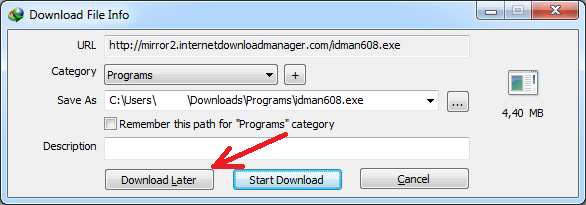

Transaction references can also be enforced to be unique, at queue level.

Additionally, this feature enables you to search for certain transactions in Orchestrator, according to the provided custom reference. The reference can be used to link your transactions to other applications used within an automation project. You can search for a specific transaction or a group of them, according to a custom reference, which is added through the Reference property of the Add Queue Item and Add Transaction Item activities. It also shows their statuses, the dates when they should be processed, the Robot that processed them, and the type of exception thrown or assigned reference, if any. The Transactions page displays the transactions from a given queue. The status of queue items up for revision can be changed in the Review Requests page. The reviewer is in charge of assessing the current status of the transactions he is assigned to, and changing the review status. Each of these changes are tracked in the History tab of the Audit Details window. Item statuses are controlled by RPA developers when they create the automation projects, while revision statuses are controlled in Orchestrator and enable you to perform version control, but only of queue items that have been abandoned or have failed with an application or business exception.įailed or abandoned items can also be assigned to a reviewer, which an be changed or cleared at any point, if needed. It also provides you with viewing access on previously created queues, charts with the transaction status progress over time, and on various other details, such as average execution time and the total number of successful transactions. The Queues page enables you to create new queues. Subsequently, you can create another process that gathers the information from Orchestrator, and uses it to perform additional tasks, such as paying the invoices in a different application, postponing their payment according to their due date or value, sending emails to the accounting team every time a bill is paid, etc. For example, you can create a process that collects all invoice information and creates a queue item for each piece of data to store it.

Queues enable you to create large automation projects underlined by complex logic. Home UiPath Orchestrator Guide UiPath Orchestrator API Guide Home UiPath Orchestrator Guide Recipes UiPath Orchestrator API Guide Reference Changelog Discussions Page Not Found Search API Logs


 0 kommentar(er)
0 kommentar(er)
